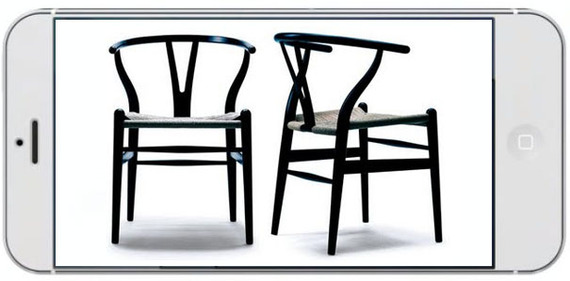Co-written by Pernille Grønbech
Every culture has its own distinctive signature, which molds its unique competitive advantage. This is reflected in how it creates products, services and experiences - such as furniture, cooking and sightseeing. In the future, a culture's ability to create and capture value for its members will to a large extent depend on how it grows its creative economy. One significant element of this new economy will be a design mindset.
Cultures change slowly, if at all, making it a huge challenge for a regions' design to stay ahead of the rapid change in their competitive environment. To illuminate the challenges in continuously upgrading design, we examine the design culture of Denmark.
Denmark is known for "Love for people and the simple things in life." This small Scandinavian country of five million people is known for its soft human values, attracting individualistic creative types. Danish society is even flatter than American society and the people are even more comfortable with uncertainty but cultivate more feminine values. Consequently, Danish Design is authentic, calm, restrained, uplifting, and practical, yet inviting, playful and whimsical.
In the 1930's, Denmark was known for breakthrough innovations, strongly influenced by internal social upheaval and external revolutions. Danish designers traveled abroad, soaking in trends and technologies, returning home and merging their newly gained insights with principles from the country's craft tradition. They made outside innovation uniquely Danish.
Since then, Danish Design has primarily provided incremental innovation, respectfully adhering to their design inheritance. Rather than being famous for creating paradigm shifts in how people live, Danish Design is now known for its saltshakers, coffeepots and lounge chairs. Is this a sustainable development or might change be in the wind again?
In order to develop Danish design to the next level, self-diagnosis and self-medication is futile. Consulting experts from various cultures suggests that one way to move forward is for Danish Design to once again focus on delivering breakthrough innovative products, services, experiences and hedonic symbols. These offerings could balance the regions globally celebrated social, environmental and viability responsibilities and re-define the forefront of design, once again leading international design trends.
An autonomous network-based organization called Design Net Denmark was established by Pernille Grønbech and Søren Ingomar Petersen in the spring of 2014 to kick-start this change. Through this professional social network group, the inherent advantages of the Danish professional structure together with the unique culture provided by Denmark is being leveraged.
Within the creation of a Danish Design Renaissance, they support the process of moving Danish Design from being primarily a differentiator (Step 1.0) to becoming a strategic asset building industry and economic capability (Step 4.0). This will enable Danish organizations to envision and translate breakthrough business opportunities into executable, superior, magic* design solutions. (*Magic = ten times better products & twenty times better business outcomes)
Design Net Denmark facilitates the development of a dynamic Danish Design vision. It provides the impetus for this by expanding a large national and international network of academic and industry contacts within business, design and design research. Their intent is to detect early new paradigms, models and processes and collaboratively develop and desimnate them into useful competincies that are available for academia and industry.
Danes and Danish designers will continue to travel abroad, physically and virtually, so, it makes perfect sense to take these old Viking traditions and systematically develop them for the growth of the Danish economy well into the 21st century.
Special thanks to Pernille Grønbech for researching and co-writing this article.
